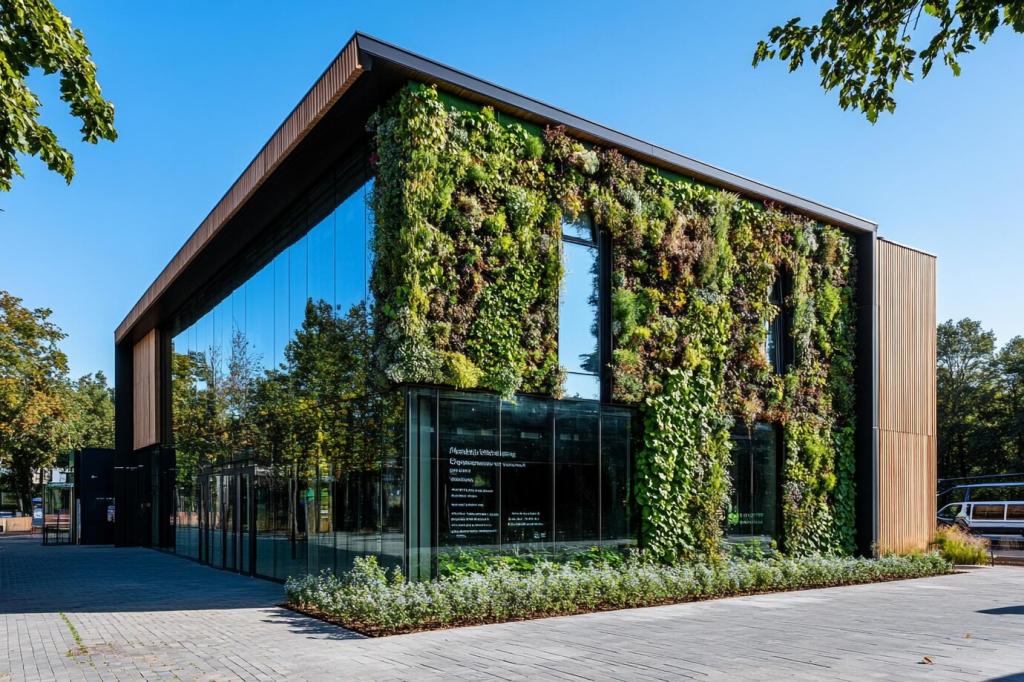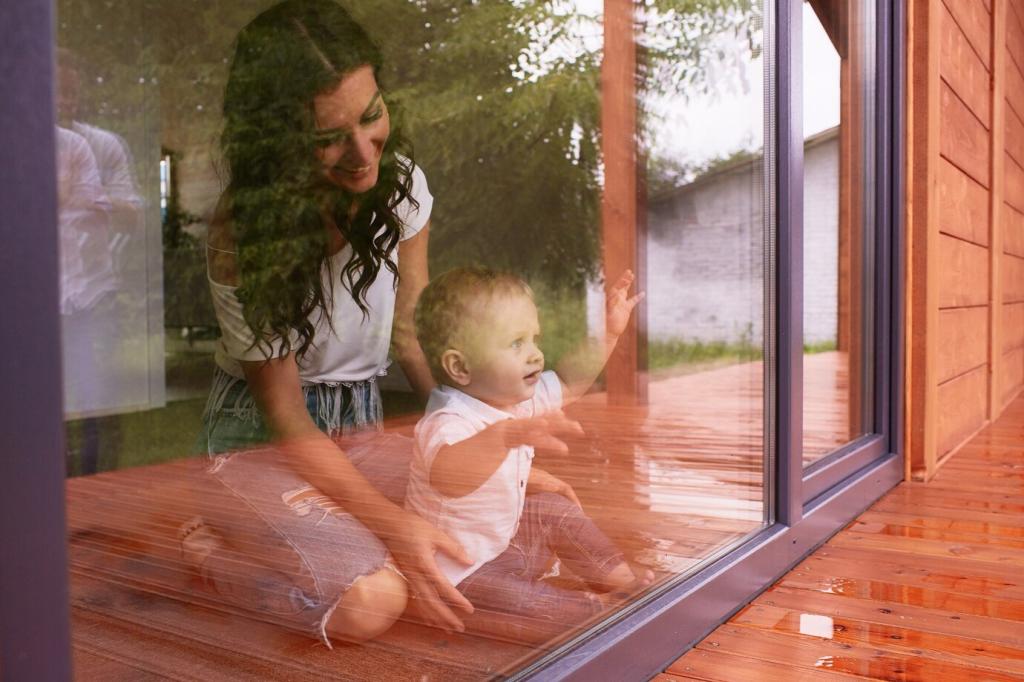
Sustainable Home Renovation: Future-focused Strategies
Embarking on a sustainable home renovation is more than a trend—it’s an investment in both the planet’s future and the long-term value of your property. This forward-thinking approach integrates smart materials, energy-efficient designs, and environmentally friendly practices to minimize your ecological footprint while creating a healthier, more comfortable living space. Future-focused renovation strategies not only safeguard the environment but also help homeowners reduce costs, adapt to evolving regulations, and increase the resilience of their homes in the face of changing climates.

Energy-Efficient Design Principles
Maximizing the benefits of passive solar orientation can significantly reduce your dependence on artificial heating and cooling. This method involves situating windows, walls, and floors to collect, store, and distribute solar energy in the form of heat during winter, while minimizing it during summer. Proper orientation allows homes to maintain a comfortable internal temperature naturally, decreasing reliance on HVAC systems. Selecting the right window placements and overhang extensions, as well as using thermal mass materials, can further regulate indoor climates. This approach not only cuts down on energy costs but also enhances the comfort and light quality within your living spaces, ensuring a sustainable and enjoyable environment year-round.
Sustainable Materials and Resource Management
Reclaimed and Recycled Materials
Incorporating reclaimed and recycled materials into your renovation project significantly reduces the demand for new resources and curtails construction waste. Whether it’s salvaged wood, recycled glass tiles, or repurposed bricks, these options give new life to materials that might otherwise end up in landfills. Reclaimed materials often carry unique character and history, adding aesthetic appeal and authenticity to your home. Sourcing locally further minimizes transportation emissions. Not only does this practice save money, but it also encourages a sustainable mindset while maintaining high design standards.
Low-Impact Natural Finishes
Opting for low-impact natural finishes is fundamental to creating a healthy indoor environment and reducing your renovation’s overall ecological footprint. Finishes such as natural clay plasters, lime-based paints, and non-toxic oils or waxes contribute to better indoor air quality by emitting fewer volatile organic compounds (VOCs) and other harmful chemicals. These materials often provide excellent durability and require less maintenance compared to conventional products. When prioritized in a renovation, natural finishes offer homeowners peace of mind, knowing their living spaces are both sustainable and safe for occupants of all ages.
Water Conservation Innovations
Sustainable renovation embraces water conservation innovations to significantly reduce household water usage. Technologies such as greywater recycling systems, rainwater harvesting, and high-efficiency plumbing fixtures lower dependence on municipal water supplies and minimize the strain on local ecosystems. Smart irrigation controllers and drought-resistant landscaping further optimize water use outdoors. Implementing these forward-thinking solutions supports not just the health of individual homes but also the resilience of communities facing increasing water scarcity challenges.

